New models Siklu licensed range of 70 GHz
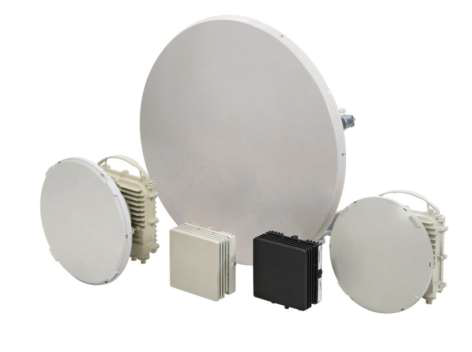
For quite a long time, we presented to you Siklu equipment - affordable performance solutions of the range of 70-80 GHz (in particular, Etherhaul - millimeter-band radio bridges). In addition to high performance, Siklu solutions are notable for low price, reliability and, what is important for the Russian Federation, work in the range of 74-84 GHz, which is not subject to licensing. Hundreds of buyers rated Siklu, having acquired over the past since the first publication (by reference - the previous article with the experience of installing a combat link) about 10,000 devices of various models.
However, the requirements of modern users for bandwidth continue to increase, so today we are talking about a new, twice as productive model of Siklu radio bridge, as well as conduct comparative testing of devices using a traffic generator.
Last year, the Israeli company Siklu announced a new line of its main solutions . New models have more power, sensitivity and twice the bandwidth. Today we will look at new models, tell you about new software features and compare new devices with already known models.
The main thing that distinguishes a new generation of devices from the previous one is the medium access method: if earlier solutions used time division and worked on receiving and transmitting alternately, then in new models of the device they use full duplex mode with receive and transmit in different frequencies. This technology has doubled the bandwidth of the link, while increasing the power and sensitivity of the system.
Here is a comparison of equipment lines:
| Model | Multiplexing | Capacity | Power | Maximum sensitivity | Ports |
|---|---|---|---|---|---|
| 1200 | Tdd | Gigabit simplex | 5 dBm | -79 dBm | 2 ports, each working as copper or SFP |
| 1200F | Fdd | Gigabit duplex | 8 dBm | -89 dBm | 4 ports, three of them - SFP |
More graphically show the benefits can graph of the energy capabilities of the system, that is, the sensitivity, folded with the antenna gain, transmitter power.
Models with one foot antenna:
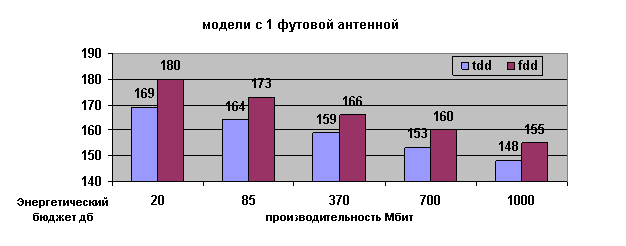
Models with a two-foot antenna:
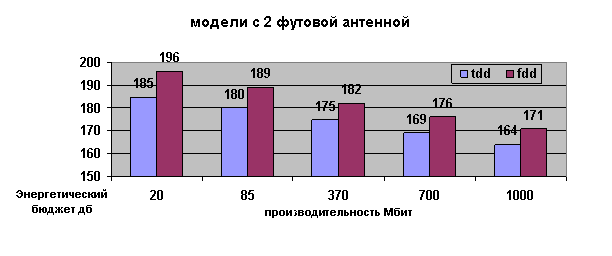
')
We see that new models of equipment provide greater communication range (do not forget that the performance of the TDD-series is indicated in total in both directions, and the new line - in both at the same time).
Now we will take into account that for the TDD-line, the speeds are given in total for transmission and reception - that is, for traffic that is uniform in both directions, the situation is much more contrasted.
Models with one foot antenna, duplex:
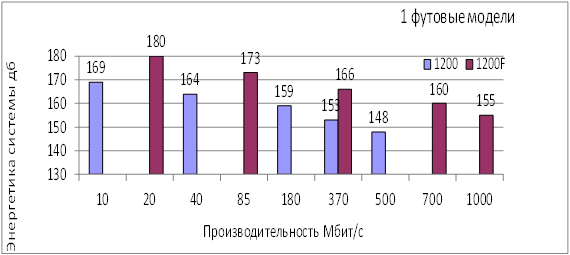
Models with two-foot antenna, duplex:

A calculator placed on the manufacturer’s website allows you to compare the communication range of various devices. Let's compare the most interesting distances:


We see that for the same speed the gain is one step of availability.
If we take into account traffic uniform in the directions, that is, the correspondence of 1 Gbit / s-simplex 500 Mbit / s-duplex, we can say that with the same range for the speed of 500 Mbit / s bidirectional traffic, the availability of the system increased from 99.9 to 99.99 percent
Imagine a graph for the same speed of duplex traffic and the same availability of 99.99 for options with 1 foot antenna:
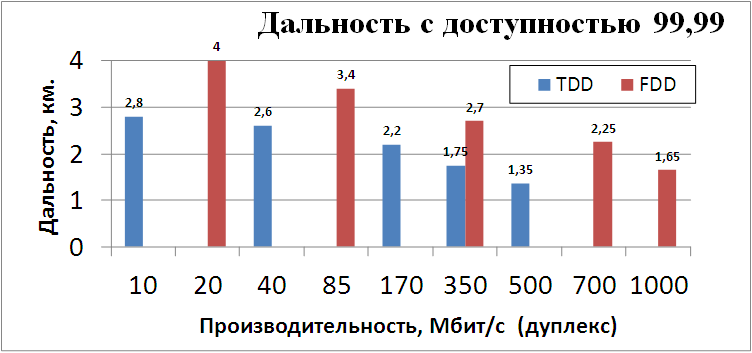
The range win is 50 percent.
In addition to the important energy component, the models of the new line have a number of other advantages - such as:
- 4 independent cable ports (the TDD line has two ports, each working for a copper transmitter or SFP);
- More productive processor;
- The functionality of the automatic installation of the system, download the configuration file from the server specified in the response of the DHCP server.
However, the TDD model range also received several new features:
- First of all, support for the LLDP protocol, which allows you to automatically build a network topology;
- I will also emphasize the appeared mode of long radio channels, which allows you to work at distances of more than 4.5 kilometers, which was previously not possible due to the logical limitations of the software;
- It became possible to collect statistics on the traffic of each vlan-interface.
Today we can compare the performance of systems using a hardware generator, estimate the delay, jitter, performance of the device with complex traffic.
| Frame byte | Load | TDD performance | FDD performance |
|---|---|---|---|
| 64 | 1,000 Gbps | 195.0 Mbps | 600.8 Mbps |
| 128 | 1,000 Gbps | 343.9 Mbps | 959.8 Mbps |
| 256 | 1,000 Gbps | 485.5 Mbps | 982.7 Mbps |
| 512 | 1,000 Gbps | 479.0 Mbps | 981.8 Mbps |
| 1024 | 1,000 Gbps | 475.7 Mbps | 974.7 Mbps |
| 1280 | 1,000 Gbps | 474.9 Mbps | 973.4 Mbps |
| 1518 | 1,000 Gbps | 474.6 Mbps | 972.5 Mbps |
| 2518 | 1,000 Gbps | 464.7 Mbps | 952.3 Mbps |
| 9018 | 1,000 Gbps | 465.0 Mbps | 954.0 Mbps |
Performance for frames of various sizes, duplex:

According to the results of the study it becomes clear the advantage of the new line of equipment Siklu - both in terms of functionality and in terms of communication range and performance. However, for budget solutions of medium capacity, the TDD family is still available to order.
In the near future, we will publish a series of articles on this unlicensed equipment, describing the construction of secure topologies, the network management system, and the data prioritization functionality.
For all users of Siklu products, we recommend updating the software to current versions 3.3 and 5.0.4 for tdd and new lines, respectively.
As a bonus, readers of our article offer a photo from the Siklu stand at the recent Mobile World conference:
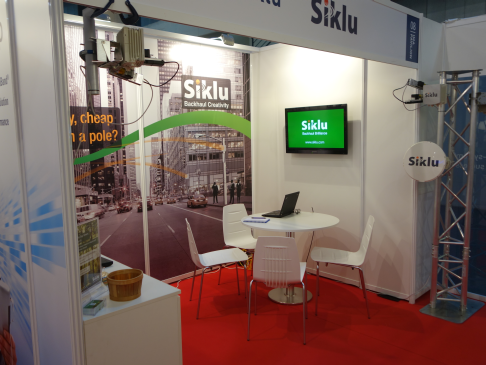
We also present the measurement results in graphical form: performance, delay, jitter for frames of various sizes (the first is TDD, the second is FDD):
A lot of pictures!
64 bytes:

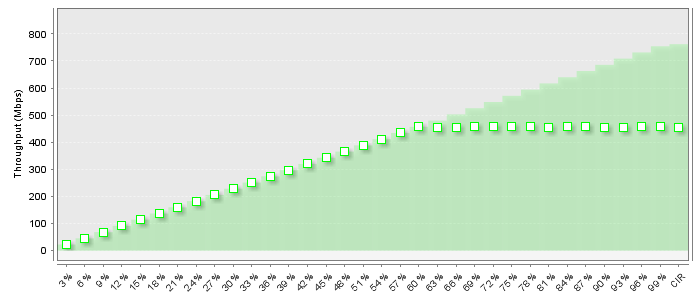
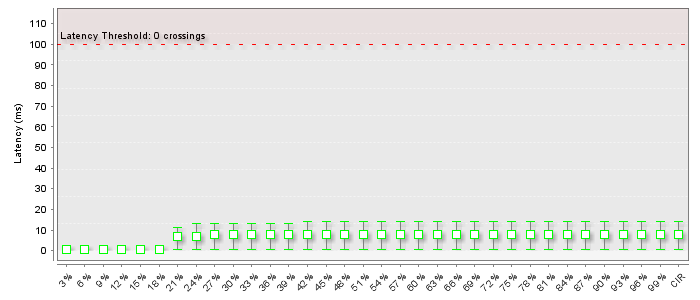

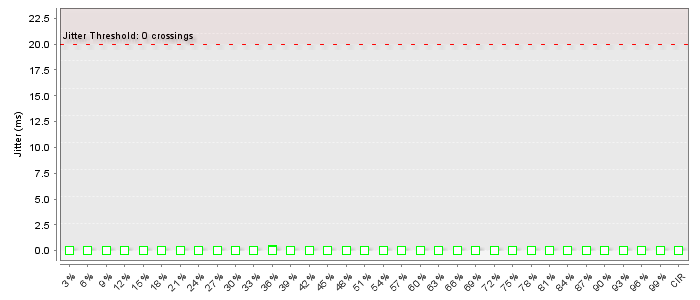

128 bytes:

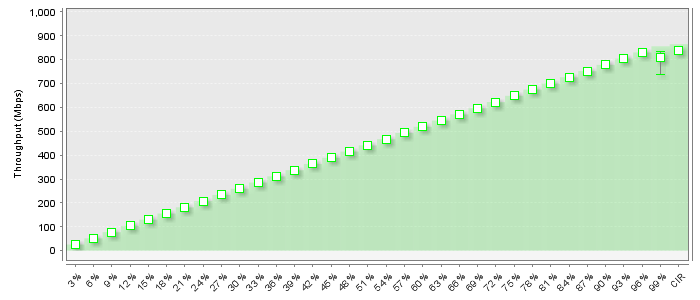
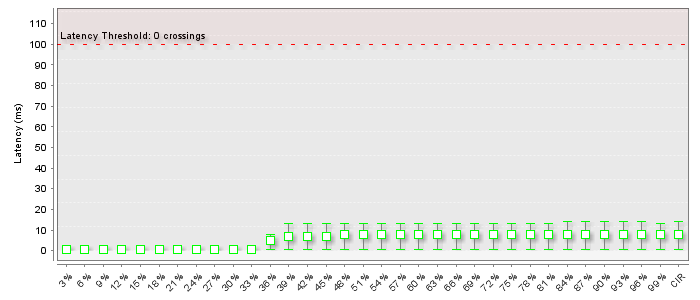



256 bytes:

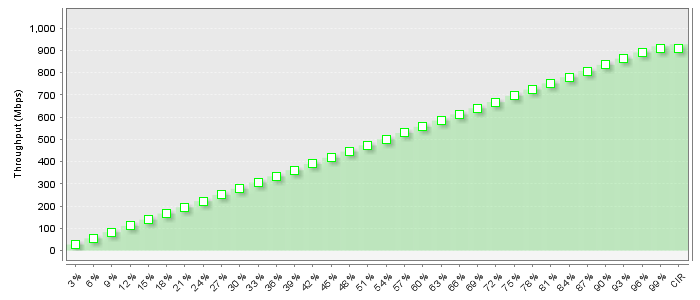
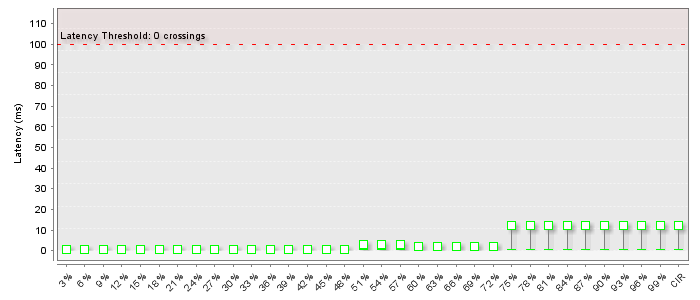
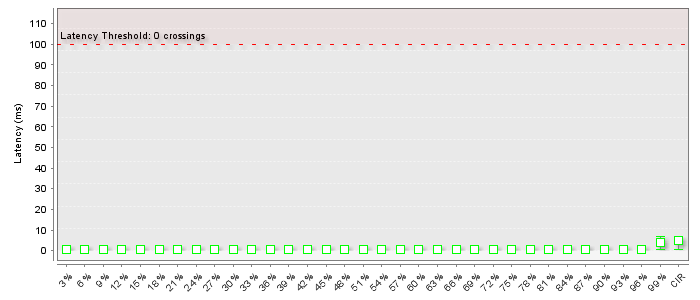

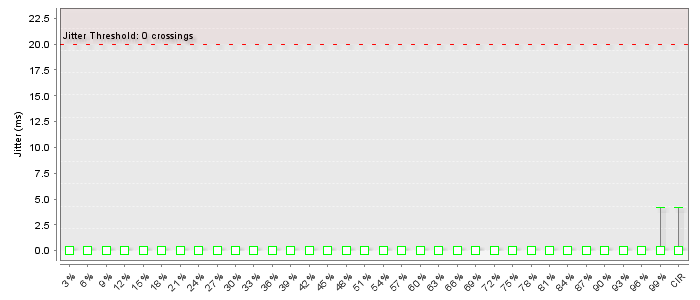
512 bytes:
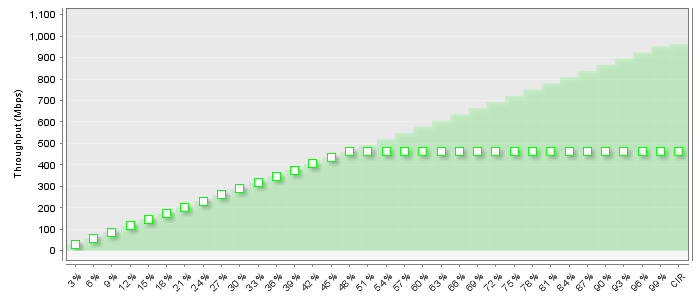
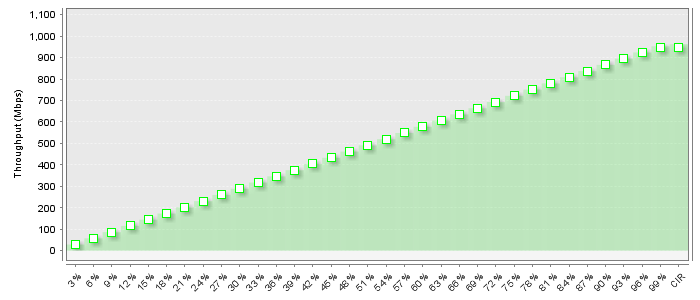

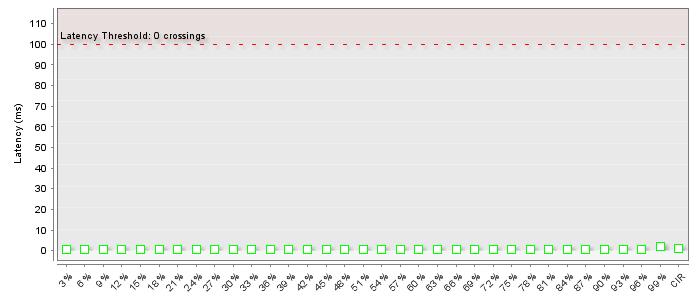
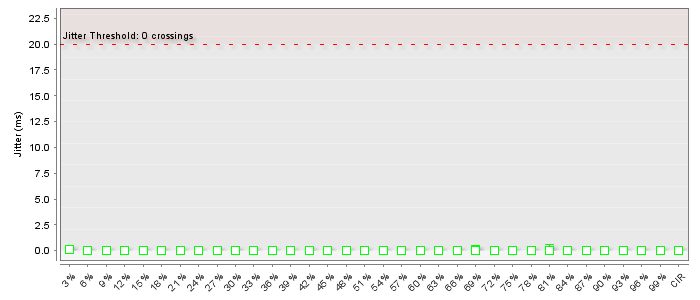

1024 bytes:
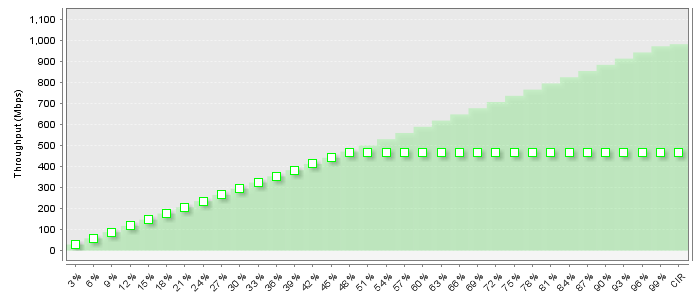

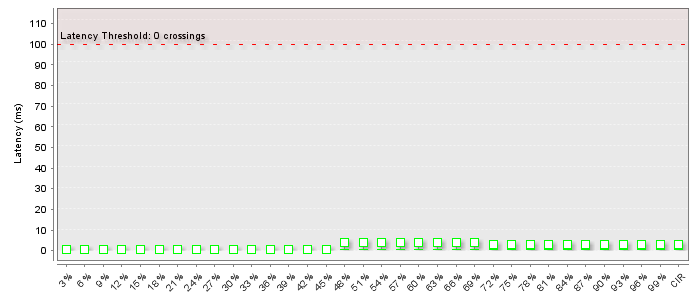



1518 bytes:

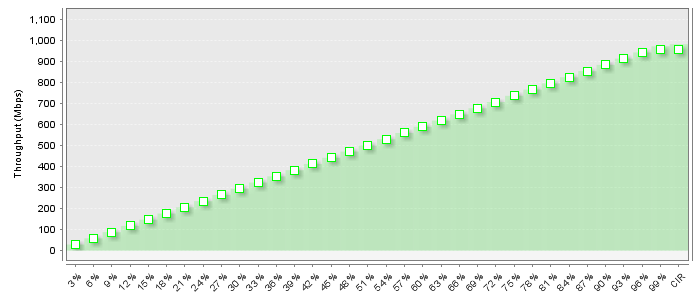
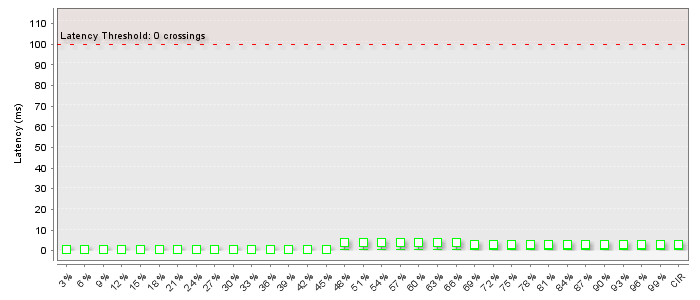
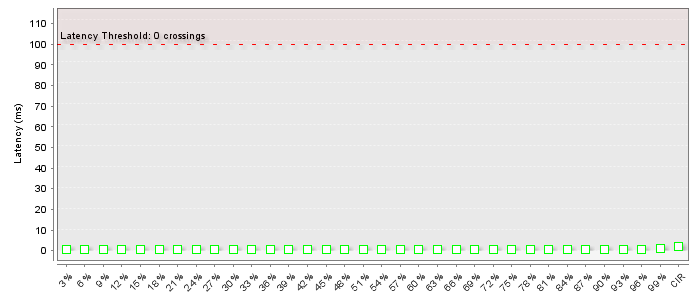
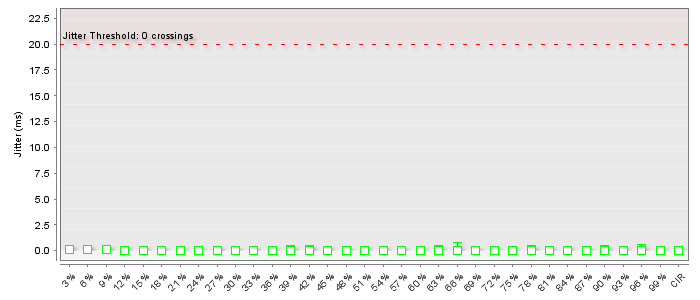

9018 bytes:
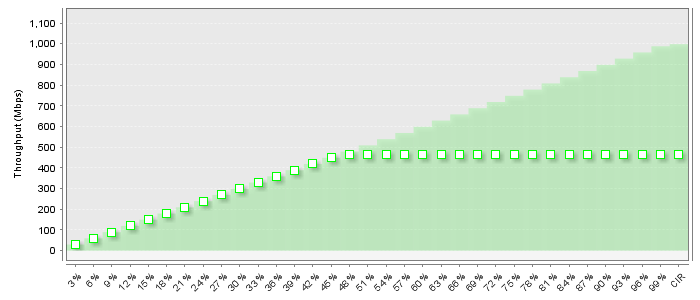
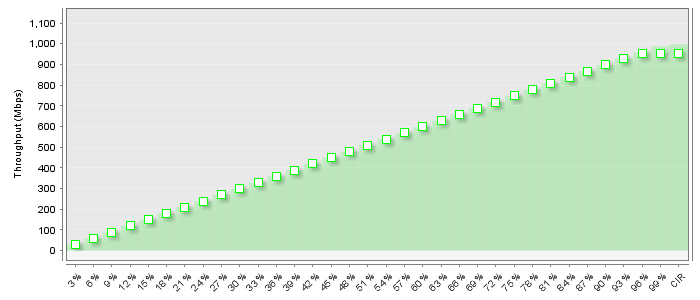
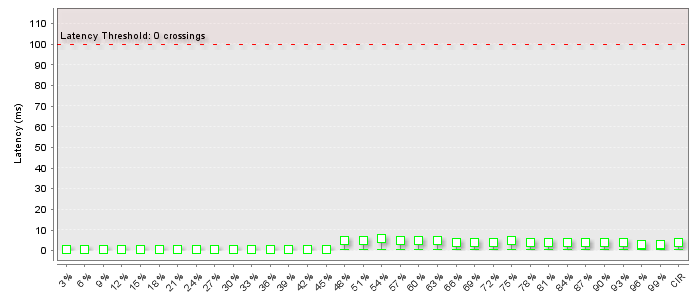
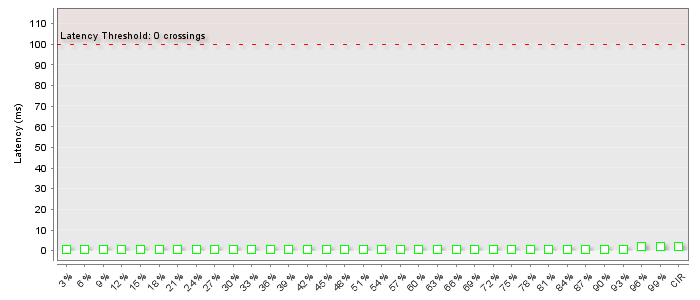
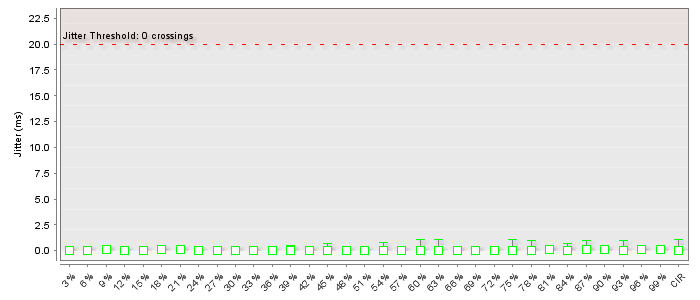







128 bytes:






256 bytes:






512 bytes:






1024 bytes:






1518 bytes:






9018 bytes:






UPD: As soon as the article about Siklu, it will not be superfluous to place an alert here: we recommend all users of Siklu products to update the software to current versions 3.3 and 5.0.4 for the TDD and FDD lines, respectively.
Source: https://habr.com/ru/post/214395/
All Articles